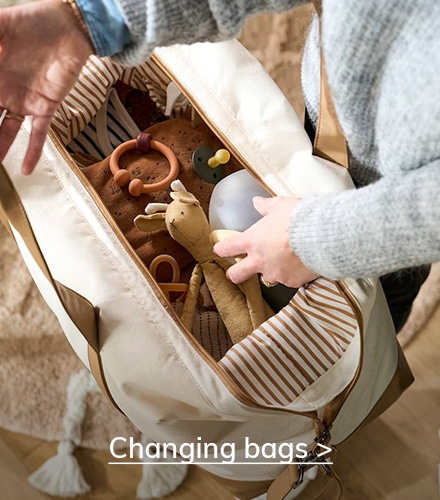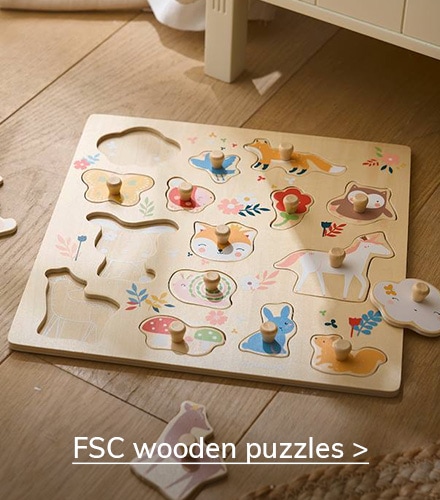Welcome
to advice space
From the first ultrasound to potty training and choosing a car seat... We have the answers to everything when it comes to your children and you!
Food diversification

When and how to start?
Starting food earlier than 6 months is not necessary. Your baby is at least five months old when you start food diversification. But where to start? What are the steps of diversification? When will we have family meals together? And most importantly, when should you start diversifying?
No need to start too early
milk covers all the needs from birth until baby is 5 to 6 months old. Hence the importance, if you are bottle-feeding, of choosing your infant milk carefully. Even if you are in a hurry to give your baby a taste of your homemade compotes or purees, there is no point in rushing things. You should never try to dissuade your baby from stopping breastfeeding, as this could trigger a rejection.
When the time comes that milk alone is no longer sufficient to cover your child's nutritional needs, food diversification can take place very slowly, generally around six months.
In any case, for metabolic reasons, we do not start before 4 months. Indeed, when he is too small, baby is unable to digest food properly. Secondly, because it is impossible for them to swallow a solid food before 4 months, the oral-lingual motor skills only allow to suck and swallow. Finally, starting food diversification too early can increase the risk of food allergies.

Introduce foods gradually
That's it, it's time to unpack the baby steamer that mom gave as a gift ! Baby will be able to taste your fruits and vegetables cooked with love. But be careful, this is not a reason to banish infant or breast milk from your baby's diet! It remains essential to provide calcium in sufficient quantities.
At the beginning of diversification, it is advisable to maintain 3 bottles per day because baby's fat intake decreases with the reduction of milk in favor of proteins and carbohydrates contained in foods.
You may have heard everything and anything about the order of introduction of foods so a little clarification will be necessary! It all starts with the famous gluten-free flours, then comes the time for vegetables and fruit compote, followed very closely by meat (around 7 to 8 months). For fish, you will have to wait until the first birthday.
Food diversification in practice
One step at a time! New things can surprise baby. So ideally, give preference to one new food at a time. Then wait a few days before introducing a new taste. Always start with small amounts and increase them as you go along. At the beginning of diversification, give a few spoonfuls of pureed vegetables (carrots, green beans or peas, rich in vitamins, minerals and iron) or fruits (apple, pear...) before or after the bottle. Then, when the quantities represent a meal, you can separate them. The most common rhythm is to keep the morning and evening bottles or feeds and gradually introduce fruits, a spoon of vegetables and a spoon of meat at lunchtime.
What baby is difficult the new taste, chop or blend everything you give. At this age, he appreciates smoothness because the swallowing is not yet perfected. Babies therefore need very smooth consistencies. You can mix the food with a little infant milk or mineral water. After a few months of diversification (around 8 months, when the first teeth start to appear), your baby will accept pureed food in pieces.
You should never force your baby to eat something. This could block them on certain foods. Without abandoning the food in question, you can give them later when the tastes has changed or developed! Do not add salt to food, which is already naturally present in fruits and vegetables in greater quantities than in milk. Kidneys are unable to ingest it in abundance for the moment. On the menu of foods waiting to be introduced: egg yolks (forbidden before 6 months), nuts (walnuts, almonds...) and peanut-based foods (forbidden before 3 years).
Food diversification provides your baby's needs, teaches how to discover new flavors and contributes to gradual integration into family meals. So make this a pleasant moment. Sit next to them, talk about what they are going to eat and show them that you're happy for trying new food. Soon, your big baby will be picking up and eating everything (or almost everything).








